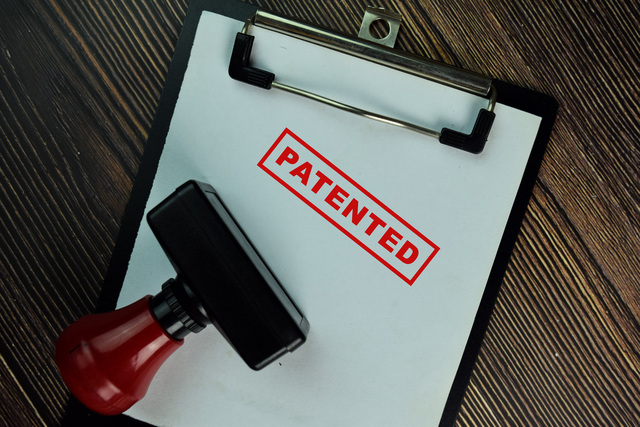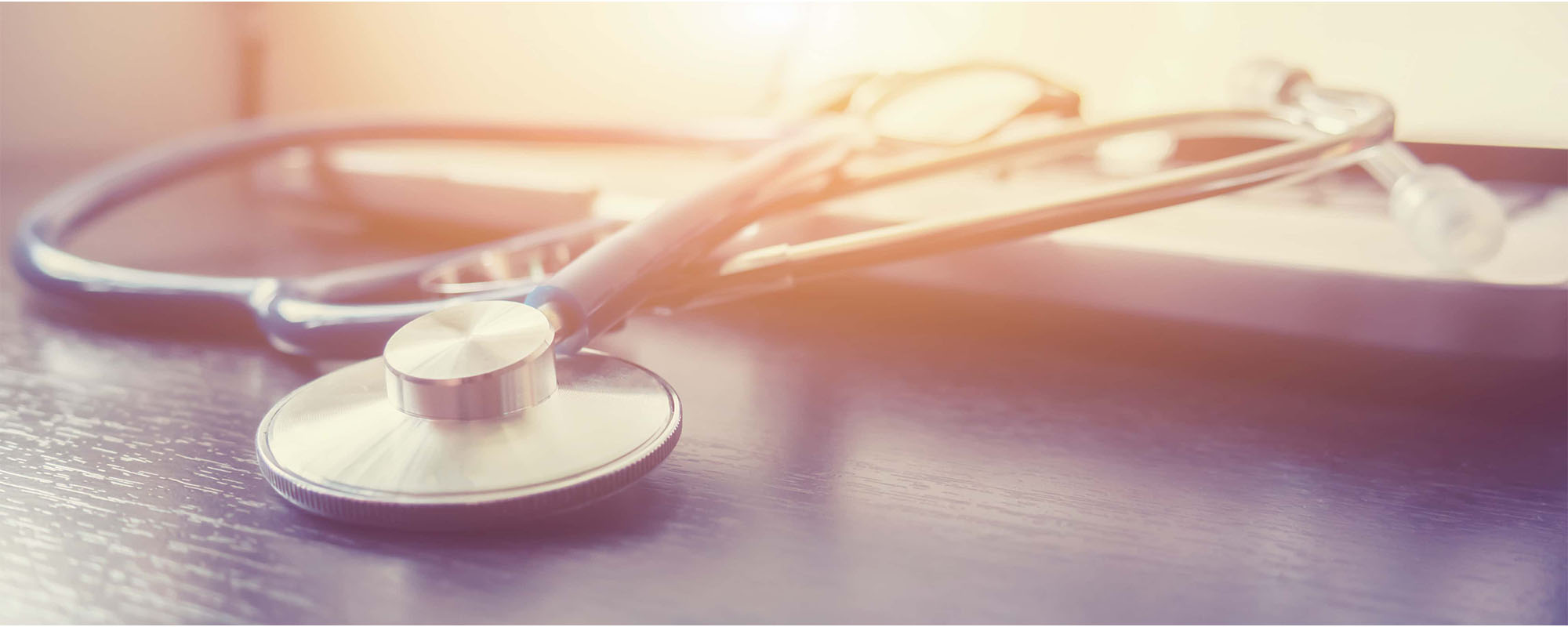Creating new, useful medical devices is a true testament to our capabilities as humans; being able to diagnose and then cure or drastically improve medical conditions through innovation is nothing short of incredible. If you are someone who has created a new, useful medical device and you’re looking to secure legal protection for it, look no further than Burns Patent Law. Contact a California medical device patent lawyer from our firm so we can get started.
Medical Device Patent Lawyer | Representing Inventors in the Healthcare Sector
Before your medical device can hit the market, you’ll need to patent and license it. Burns Patent Law has helped countless innovators do just that over the years, and we are prepared to assist you as well. Speak with a seasoned Orange County, California patent lawyer today.
Types of Medical Device Patents
Medical device patents protect a wide range of inventions. These patents can be categorized based on the nature of the device and its intended use, but typically are considered either utility patents or design patents. That said, some categories of medical devices and examples of specific devices that may be considered patentable are as follows:
- Diagnostic Devices: Such as blood glucose monitors for diabetes management, MRI machines for non-invasive internal imaging, or portable ECG monitors for cardiac health monitoring.
- Therapeutic Devices: Such as artificial heart valves for heart disease treatment, dialysis machines for kidney failure treatment, and laser systems for corrective eye surgery.
- Surgical Instruments: Such as robotic arms used in minimally invasive surgery, specialized scalpels for neurosurgical procedures, or custom stents for vascular surgery.
- Wearable Health Technology: Such as smartwatches with heart rate monitoring capabilities, posture correction devices integrated into clothing, or sleep apnea monitoring devices for home use.
- Implantable Devices: Such as cochlear implants for hearing restoration, pacemakers for cardiac rhythm management, or intraocular lenses for cataract surgery.
- Rehabilitation and Assistive Devices: Such as prosthetic limbs with advanced mobility features, electric wheelchairs with enhanced control systems, or voice recognition software for individuals with speech impairments.
- Remote Monitoring and Telehealth Devices: Such as home blood pressure monitoring kits, wearable patches for continuous vital signs monitoring, or telemedicine platforms for virtual healthcare consultations.
- Laboratory Equipment: Such as automated pipetting systems for high-throughput testing, next-generation sequencing machines for genetic analysis, and cryogenic storage systems for biological samples.
- Biotechnology Devices: Such as CRISPR gene editing tools for research and therapy, bioreactors for cell and tissue culture, and microfluidic devices for drug screening.
- Pharmaceutical Delivery Systems: Such as insulin pens for diabetes management or nebulizers for respiratory medication delivery.
- Digital Health and Software: Such as AI-driven diagnostic algorithms for radiology, electronic health record systems for patient data management, or mobile apps for mental health and wellness tracking.
The Process of Obtaining a Medical Patent
Obtaining a medical patent is a document-heavy, sometimes complex process, so it’s always best to proceed with a competent California medical device patent lawyer in your corner. That said, a brief outline of the process is as follows:
- Idea Assessment: Initially, assess if your invention is novel, non-obvious, and useful, the three key criteria for patentability.
- Prior Art Search: Conduct a comprehensive search to ensure your invention hasn’t been publicly disclosed in the same form.
- Patent Application Drafting: Engage a skilled patent attorney to draft a detailed application; this step is crucial for medical devices due to the complex technical and legal nuances involved.
- Filing the Application: Submit your application to the United States Patent and Trademark Office (USPTO); consider if international patents are necessary for your business strategy.
- Examination Process: Engage with USPTO examiners who will scrutinize your application for adherence to patent laws.
- Respond to Office Actions: Address any objections or requirements set forth by the examiners to advance your application towards approval.
- Issue and Maintenance: Once granted, maintain your patent by paying periodic maintenance fees, ensuring your invention remains protected for up to 20 years.
This process, while intricate, can secure the legal protection necessary to safeguard your medical innovation and foster its commercial success.
Contact a Medical Device Patent Lawyer Today
Interested in securing a patent for your medical device invention? Our firm is here to guide you through every step of the patenting process. Whether you’re at the initial idea stage or ready to file, we can streamline your journey toward securing and maintaining your patent rights. Reach out to a dedicated California medical device patent lawyer from Burns Patent Law today to schedule a consultation. Let us help protect your innovative medical device, ensuring it reaches its full market potential while safeguarding your intellectual property.

